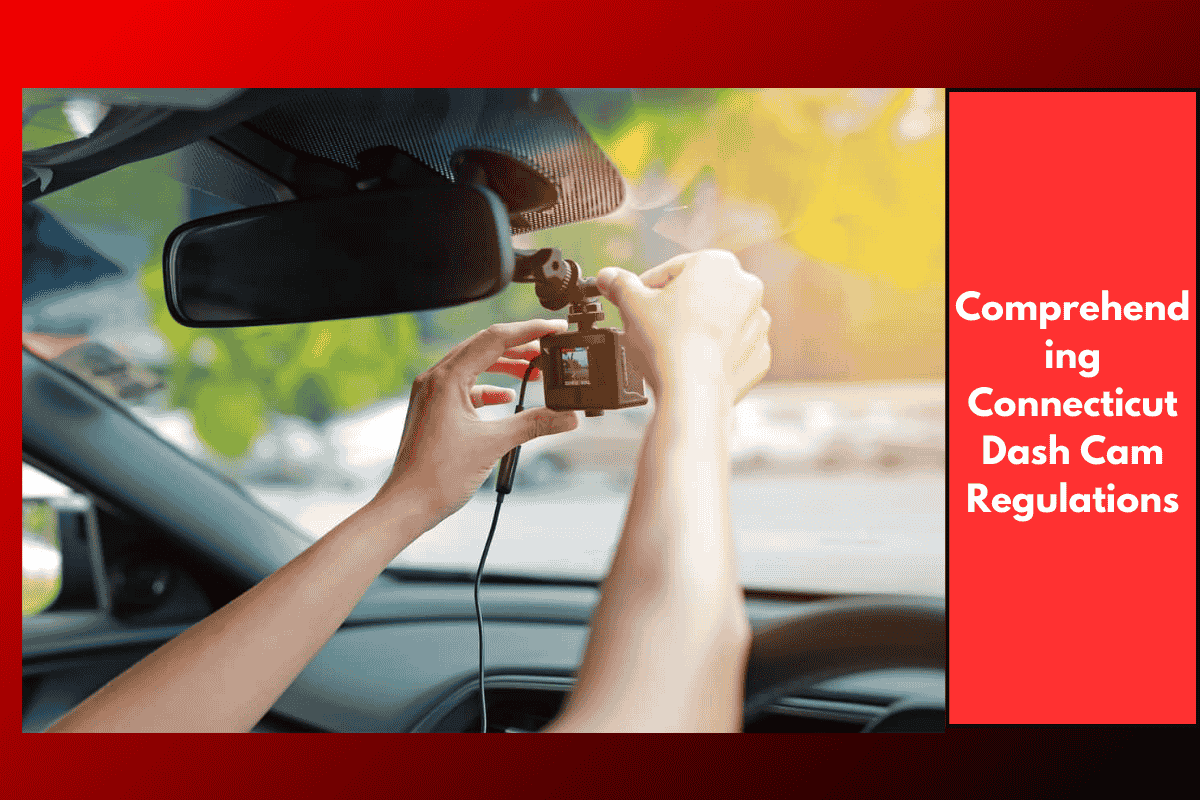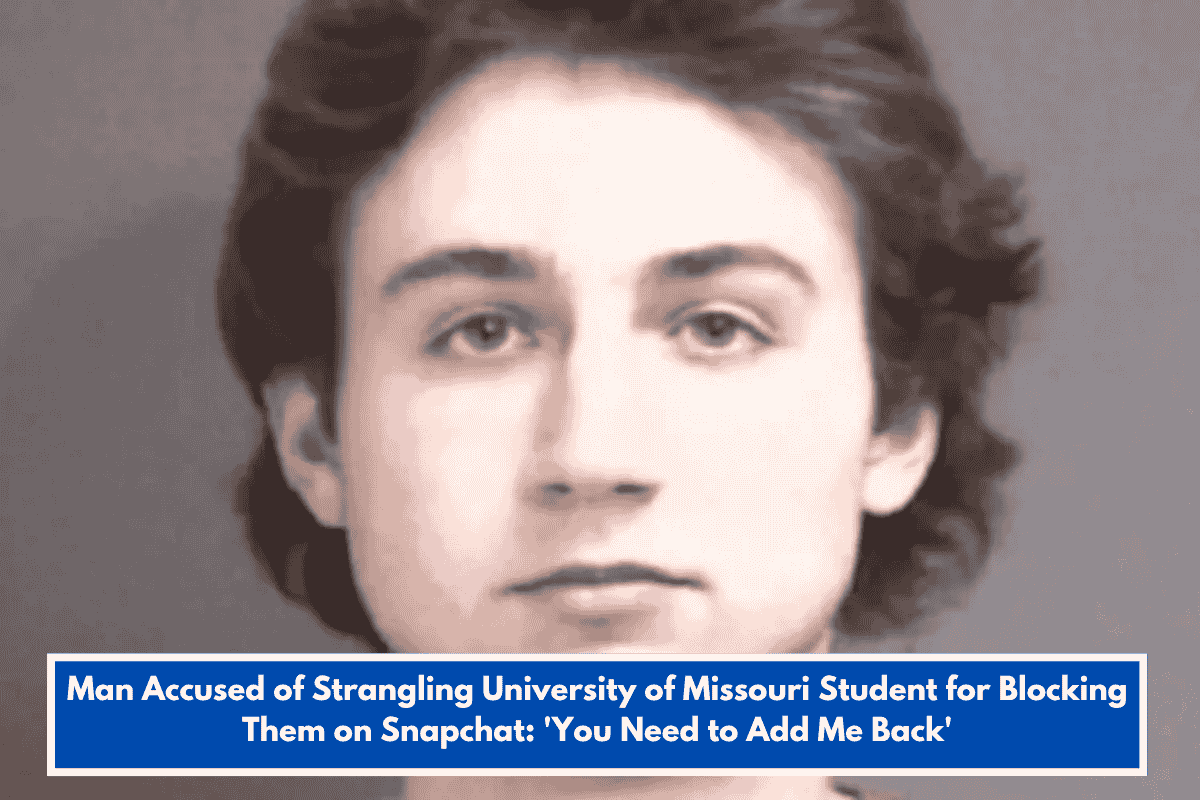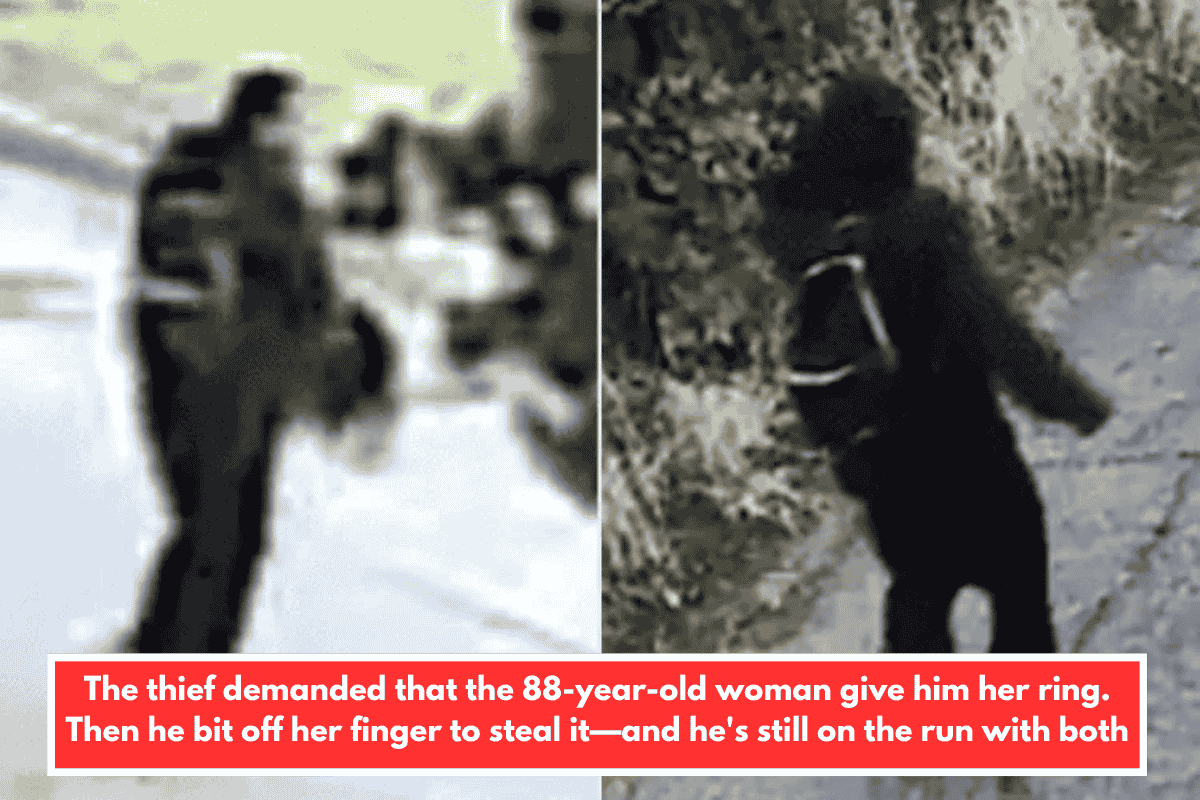Dash cams have become increasingly popular for drivers looking to record their journeys, provide evidence in case of accidents, or simply capture interesting moments on the road. However, like any piece of technology, dash cams are subject to certain regulations, which can vary by state. If you’re driving in Connecticut or considering installing a dash cam, it’s important to understand the state’s specific rules regarding these devices. This guide will explain Connecticut’s laws about dash cams, ensuring you’re informed about what’s allowed and what’s not.
Are Dash Cams Legal in Connecticut?
Yes, dash cams are legal in Connecticut. You can freely install and use a dash cam in your vehicle. In fact, dash cams are becoming a widely accepted tool for drivers to document their trips, as they can provide crucial evidence in case of traffic accidents or disputes with other drivers. However, while using a dash cam is legal, there are several considerations you should be aware of regarding how and where the dash cam can be mounted, and how the footage can be used.
Mounting Your Dash Cam in Connecticut
When installing a dash cam, the primary concern is ensuring that it does not obstruct the driver’s view of the road. Connecticut law, like the laws in many states, has specific guidelines when it comes to what can and cannot obstruct a driver’s line of sight.
Windshield Obstruction Laws: Connecticut follows guidelines that prevent any object from obstructing the driver’s view. According to Connecticut General Statutes Section 14-100a, you are not allowed to place any object on your windshield that could interfere with your ability to drive safely. This includes objects like large GPS units or dashboard cameras if they block critical views of the road. The law specifically states that any object (including a dash cam) cannot be placed in the driver’s line of sight or in an area that could impair vision or safety while driving. Therefore, when mounting a dash cam, make sure it is installed in a way that does not interfere with the windshield’s clear visibility. Many drivers mount their dash cams near the rearview mirror to ensure they don’t block their view.
Placement on the Windshield: While Connecticut allows dash cams, the device should not cover more than 4 square inches of the windshield area directly in front of the driver. Be sure to place your dash cam on the upper section of the windshield near the rearview mirror to comply with these regulations. As long as it does not obstruct the driver’s direct line of sight, it should be acceptable.
Recording Laws in Connecticut
While dash cams are legal to use, it’s important to understand Connecticut’s laws regarding recording conversations and images, particularly when it comes to audio recording.
One-Party Consent for Audio: Connecticut is a one-party consent state for audio recording. This means that if you’re recording a conversation in your car, you only need the consent of one party involved in the conversation. If you’re recording in your car, and you’re one of the participants, you do not need to inform others that you’re recording. However, if your dash cam picks up audio from passengers or other drivers, it’s a good practice to assume that any recorded conversation should be kept private unless you have their consent.
Video Recording: When it comes to video recording, Connecticut law does not require consent to record video in public spaces, which is where most driving typically occurs. If your dash cam records only video and does not capture audio, you don’t need to worry about violating privacy laws. Just ensure you’re respecting privacy when driving in private spaces or areas where people have a reasonable expectation of privacy.
Using Dash Cam Footage as Evidence
One of the key reasons people install dash cams is to provide evidence in case of accidents or disputes. In Connecticut, dash cam footage can be used as evidence in legal proceedings. If you’re involved in an accident, the footage could help establish fault and provide important context for the situation.
However, it’s important to note that while dash cam footage can be used as evidence, it must be relevant to the case. Additionally, the footage must not be tampered with, altered, or edited in any way to maintain its authenticity in court. If the footage is altered or edited, it may not be accepted as reliable evidence.
Privacy Concerns
Although dash cams are legal to use in Connecticut, you should be mindful of privacy concerns, especially when recording in areas where people expect privacy. For instance, if your dash cam records private property, people’s homes, or other places where they have an expectation of privacy, you may need to be cautious. In general, it’s recommended to use dash cams in public spaces where there is no reasonable expectation of privacy, like highways or public streets.
In Connecticut, dash cams are legal to install and use in your vehicle as long as they do not obstruct your view of the road. You must ensure that the dash cam is mounted in a way that complies with state laws on windshield obstruction. Additionally, Connecticut’s one-party consent law allows you to record audio while driving, as long as you’re part of the conversation, but it’s important to be aware of privacy issues when recording others. Finally, dash cam footage can be a powerful tool in legal cases, as long as it is used appropriately and remains unaltered.
SOURCES
[1] https://www.ddpai.com/blog/dash-cam-laws/
[2] https://welcomelawfirm.com/faqs/do-i-need-a-dash-cam-in-my-vehicle-in-connecticut/
[3] https://www.blackboxmycar.com/pages/are-dash-cams-legal-in-my-area-dash-cam-laws-in-every-us-state
[4] https://www.expertmarket.com/dash-cams/dash-cam-laws-by-state
[5] https://www.cga.ct.gov/2020/rpt/pdf/2020-R-0173.pdf














